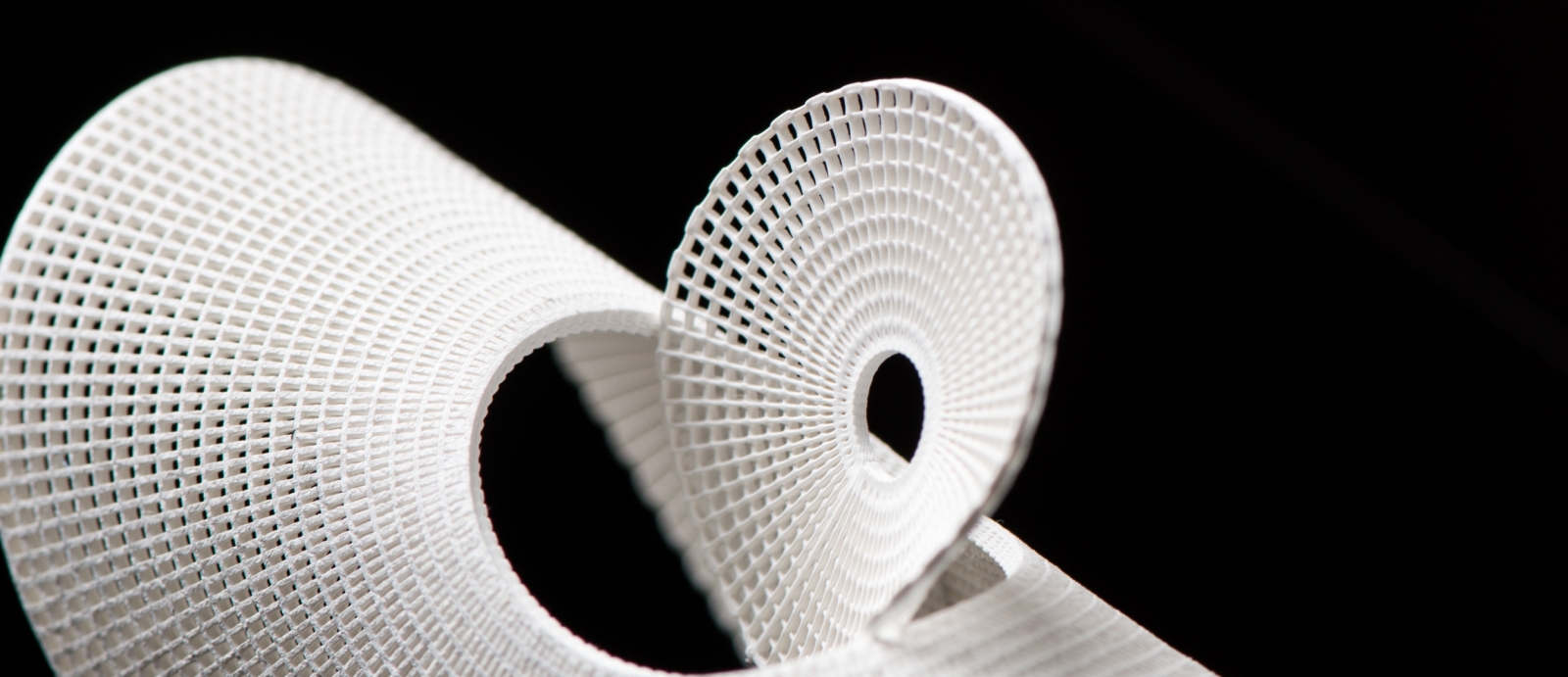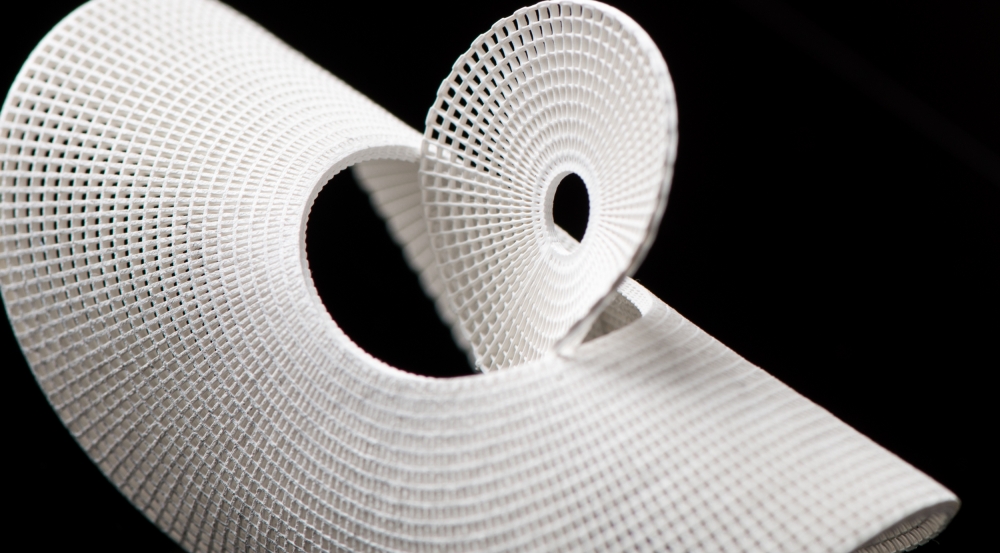
IEEE symposium brings together the best in radio science
The annual IEEE International Symposium on Antennas and Propagation was held in Boston from July 8 to 13. For technologists in the region and from around the world, the event is an opportunity to connect with the leading experts in antennas, propagation, and radio science from academia, industry, and government.
"The conference is touted as the premier one for antennas and propagation, with worldwide attendance. It had an income of over one million dollars," said conference co-chair Michael Shields, who works in the Laboratory's Advanced Sensors and Techniques Group. Shields chaired the conference with Steven Best of the MegaWave Corporation.
Part of Shields's duty as co-chair was to fill the many positions needed to run the conference, which received more than 1,800 papers and had close to 2,500 attendees. Lincoln Laboratory and MIT volunteers filled numerous roles — including three technical program chairs and vice chairs, six steering committee positions, eight session chairs, 23 presenters, and 37 paper authors. Each day of the conference had 15 technical sessions running in parallel. Topics ranged from individual antennas to phased arrays, imaging techniques, propagation, and radar cross section. The symposium also included many short courses and demonstrations from commercial vendors of software and RF equipment.
The symposium's technical program chair, Alan Fenn of the RF Technology Group, pointed out two papers that represent some of the most exciting work coming from the Laboratory in this field. One paper, titled "Mobile Testbed for Video-Rate Multistatic Microwave Imaging Array," describes a system that uses radio waves to image threat items concealed on people traveling in high-foot-traffic places, such as train stations. The system's antennas emit safe, low-power signals that penetrate cloth but reflect off metals, plastics, and liquids as subjects pass by; the reflections are processed to form a radar image of the items.
"The system operates at video rate, providing an image every one-tenth of a second, allowing it to handle a constant stream of subjects," said William Moulder of the RF Technology Group who presented the team's work. The technology was recently announced a finalist for a 2018 R&D 100 Award.

The second paper, titled "Development of 3D Printable Composite Inks for Millimeter Wave Applications," describes novel materials for additively manufacturing complex RF devices. A team out of the Chemical, Microsystem, and Nanoscale Technologies Group developed inks made of triblock copolymers that have the relative permittivity, conductivity, and loss values necessary to print RF devices that will perform successfully. The most commonly used 3D inks today are not effective for printing RF devices because the inks have high RF loss. These new inks demonstrate RF loss comparable to Rexolite, the industry standard material used in traditional RF manufacturing.
These triblock copolymers were also shown to be versatile building blocks that can be mixed with ceramic or metallic nanoparticles to generate inks with enhanced RF properties. "For example, by incorporating silver flakes into the formulation, we developed a room temperature process for printing conductive traces that achieve nine percent of bulk silver's conductivity," said Bradley Duncan, who presented this work at the conference.
Melissa Choi, the head the Laboratory's Homeland Protection and Air Traffic Control Division, gave a speech at the event's Women in Engineering Luncheon. She discussed her career path after earning a PhD in applied mathematics, from early modeling and simulation projects that broadened her understanding of science, technology, and engineering to later efforts managing groups made up of experts from a variety of technical backgrounds. Choi shared that one key to success has been understanding, appreciating, and synthesizing all of the letters in STEM, not just mathematics.
In between sessions, attendees interacted with technology demonstrations and participated in off-site tours. One tour brought them to the MIT Haystack Observatory in Westford, Massachusetts, for a walk through the radome housing the 120-foot-diameter Haystack Ultrawideband Satellite Imaging Radar antenna.
The symposium also had a number of activities dedicated to students and young professionals, such as a student paper competition. Out of 171 papers submitted, the committee selected thirteen finalists who then competed for first place in an interactive poster session during the conference. The winning paper was titled "A Class of Cavity-Based UWB Multi-Beamformers With Applications to Sub-6 GHz 5G" and was authored by doctoral student Christopher Merola and his advisor Professor Marinos Vouvakis of the University of Massachusetts, Amherst.
Mohamed Abouzahra, associate leader of the Advanced Sensors and Techniques Group, assisted with coordinating the student paper competition. Additional conference support came from Nestor Lopez, who served as finance chair, and Raoul Ouedraogo, who served as publications chair. Kristan Tuttle of the Advanced Concepts and Technologies Group and MIT Professor Raed Shubair served as publicity chairs.
This year's event was held in conjunction with the U.S. National Committee (USNC) for the International Union for Radio Science (URSI) Meeting. "Given that this is an international conference and included both the IEEE and USNC-URSI, attendance gave a wide view of the work being done in this area," Shields summarized. IEEE is the world's largest technical professional organization for the advancement of technology.
Quinn Staley contributed to this article.